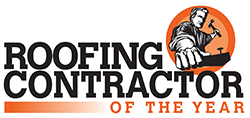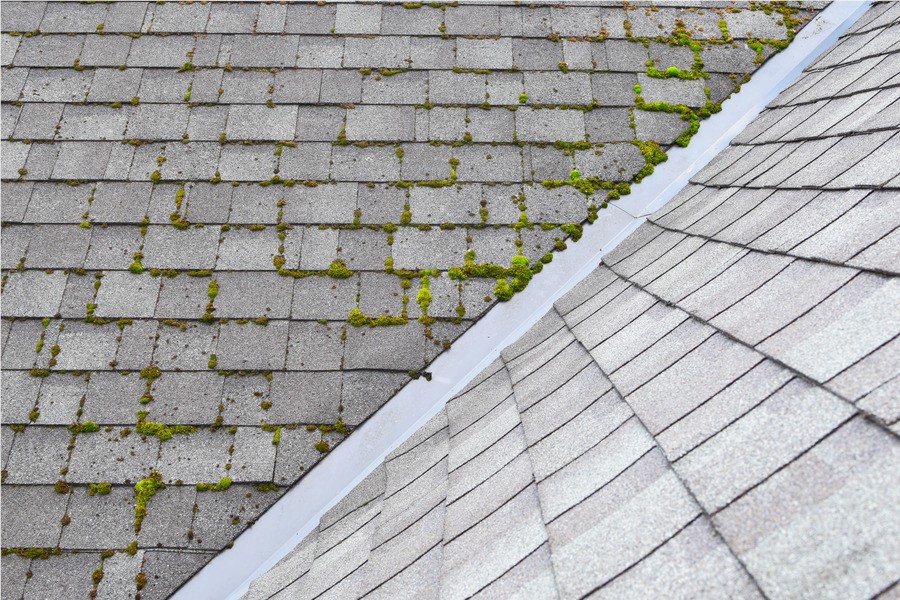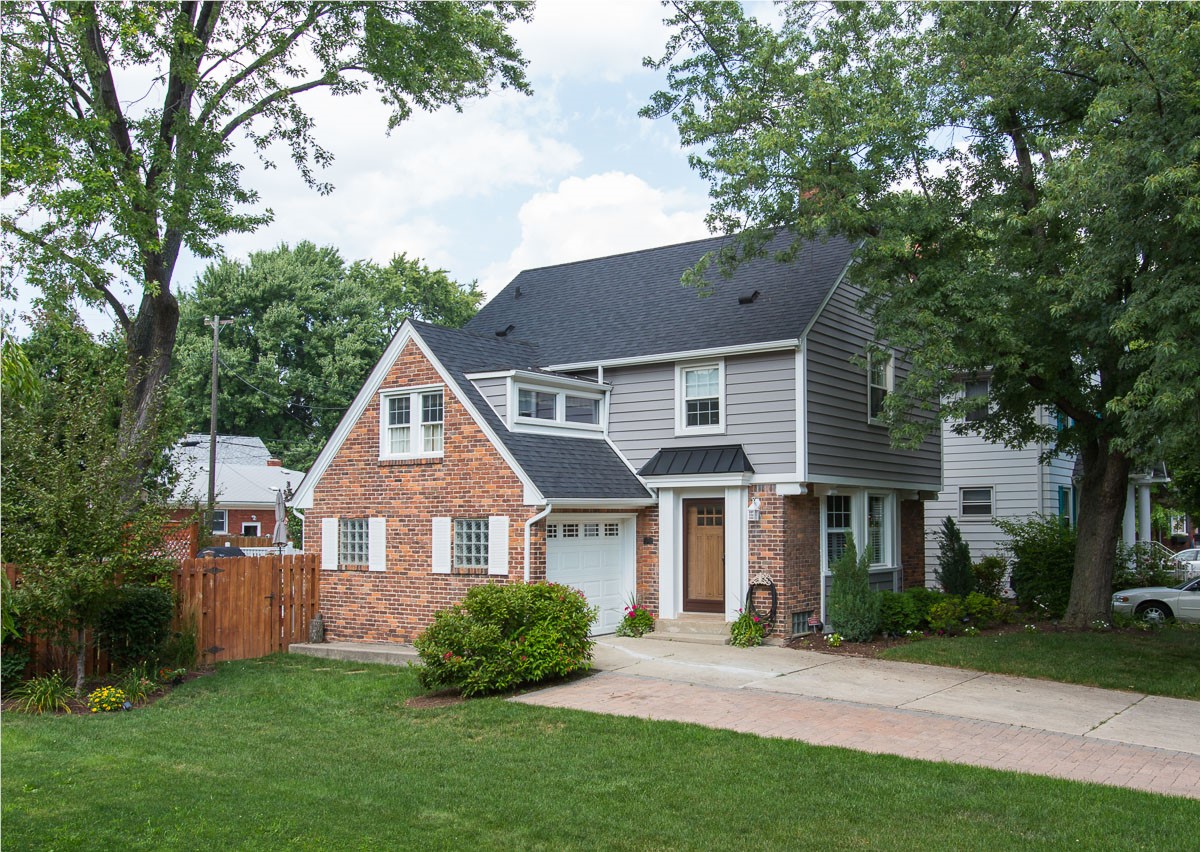
Your attic is more than a place to store holiday decorations. It’s a critical part of the air flow for your home and can help keep heating and cooling costs under control.
But how can you tell that your home has a poorly ventilated attic space? What can you do to ensure that your attic is properly ventilated? Read on and the experts at Feazel roofing company will walk you through what signs to look for before they become a problem.
What is Attic Ventilation?
Attic ventilation is where cold air enters your intake vents and hot/ humid air exits your roof. Your attic should move air in and out throughout the year, including the winter months. A home that breathes properly is the sign of a healthy roof.
Top 4 Signs That You Have Attic Ventilation Problems
Improper roof ventilation may not rear its head immediately but there are telltale signs that your roof needs to breathe a little more. If you start to notice any of these symptoms, reach out to the team at Feazel for a free inspection.
Rusty Nails, Duct Strap, and Flashing Means You Have Excessive Moisture
One surefire way of establishing that your home has poor roof ventilation is if your attic is showing signs of rust. The rust formation would be on nails, strapping used to hold ductwork in place, or any flashing. Remember, ventilation should allow cool air to enter the attic and exhaust vents expel hot and humid air. Rusty metal in the attic might signify that you need additional roof vents to move the hot air out.
As these roofing materials begin to rust and deteriorate, they open the opportunity for leaks to form in your roof system.
Ice Damming in the Winter
Ice dams form when your attic is too warm. The warm air builds up and causes snow and ice to melt. Your eaves remain cold which causes all the snow and ice melt from your roof to re-freeze. This frozen mass can push under shingles and create a leak in your home and walls.
The best fix for this is to move hot air out of your attic through attic venting, seeking out air leaks in your attic space and repairing, or measuring the amount of insulation in your attic.
If you need more info, read how to prevent ice dams here.
Mold and Mildew Buildup
Hot and humid conditions in your attic can lead to the formation of mold and mildew. These conditions can lead to wood rot and early failure of your roof system. One thing that homeowners should check is that their bathroom vent, stove vent, and dry vent are exhausting properly. These vents should not vent directly into your attic space.
Extreme Heat
Extreme heat in your attic space is one way to identify poor insulation. Another, less obvious, way is how hot is the upper level of your home? Have you seen an increase in HVAC expenditures? How about when you access the attic? Does it seem warmer to you when it shouldn’t be warm?
How To Improve Ventilation in Attic Spaces
If your attic is showing signs of being poorly ventilated, do not worry. Being ahead of the problem is the best scenario. Adding ventilation or insulation are likely your next steps.
Types of Attic Ventilation
There are two categories of ventilation for added vents for your roof system. Passive and active vents can be added to your roof system to help with your air flow issues. Adding a vent for the interim until the next total roof replacement where adjusting the larger ventilation picture is a quick fix to help slow or stop the damage created by high heat and humidity.
Passive Vent systems
Gable vents, turbine vents, and turtle vents are passive ventilation. They rely on cool air entering via the soffits or gables and pushing the hot air out.
Active ventilation systems
Solar powered vents actively pull hot air out of your attic. Many solar vents have a humidity sensor. The fan will activate once the humidity hits a certain level. The fan will start to pull the hot and humid air out of your attic. Since it is solar powered, it does not need to have an electric run to it.
Feazel is a Leading Roofing Company Serving Ohio, Indiana, and North Carolina
Since 1988, Feazel has worked tirelessly with local homeowners to meet their roofing needs. When it comes to roof replacement, repairs, masonry, gutters, siding, and windows, Feazel is the best choice. Contact us today to book your free roof inspection.
Tags
Subscribe to Feazel's Blog




Comments